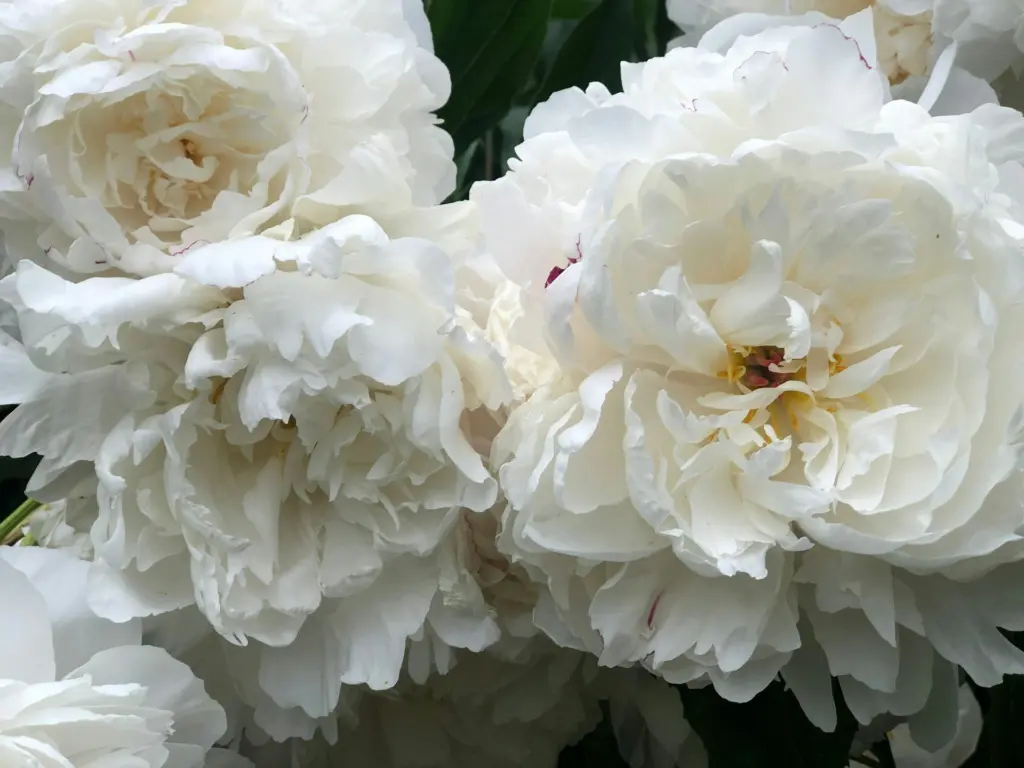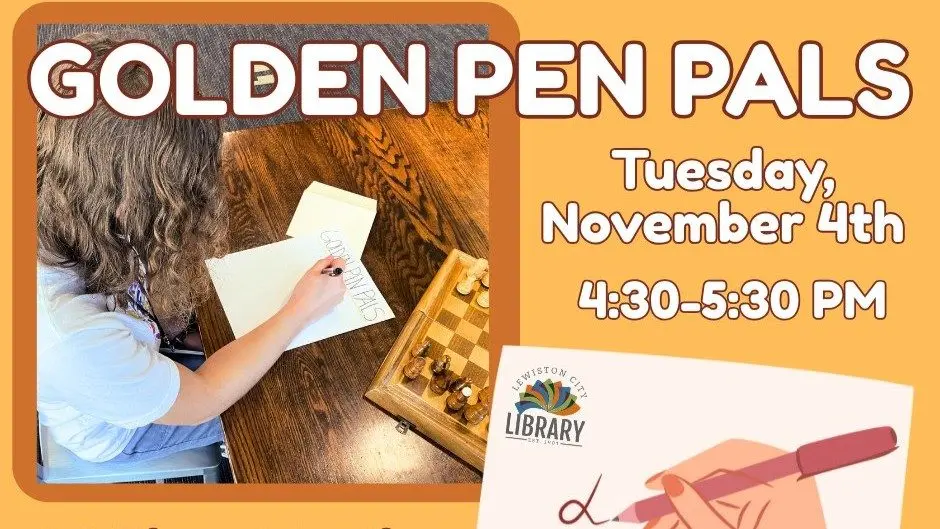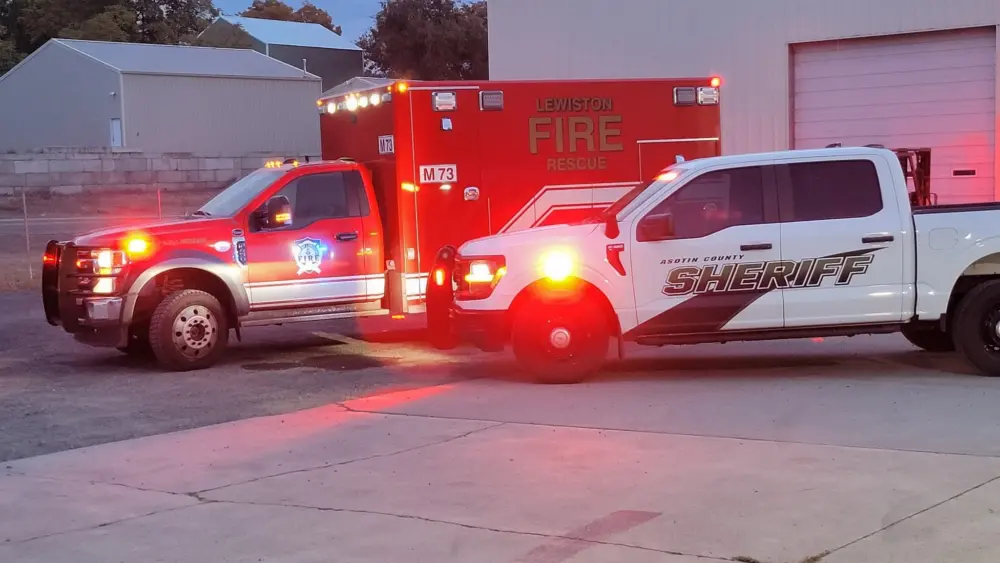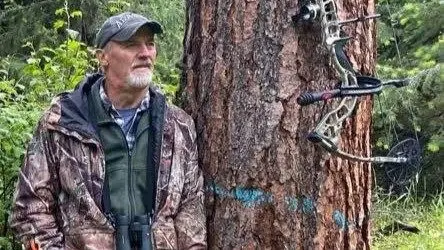PULLMAN, WA – In the last quarter of his 46-year Washington State University career, scientist Gary Chastagner found success protecting crops of creamy, colorful peony flowers from Botrytis, an ugly fungal disease.
This summer, flower growers repaid him with an unusual compliment: an award in his name for three outstanding blooms at the American Peony Society‘s National Flower Show.
“This is a very special honor,” said Chastagner, emeritus professor of plant pathology. “To be recognized by a group of expert peony growers and hybridizers is very rewarding. It’s really a reflection on all the people who have worked in my program over the years.”
The Dr. Gary Chastagner Award for Best 3 Bloom Lactiflora was created by the Pacific Northwest Peony Society, an association of peony growers and appreciators that support numerous small farms and cut-flower growers in the region. Presenting the prize at the national show in June at Beaver Dam, Wisconsin, members wanted to make Chastagner’s contributions to the ornamental plant industry known beyond the Northwest.
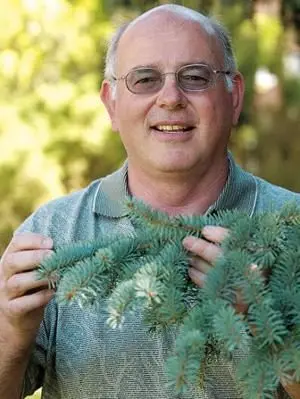
Gary Chastagner, Emeritus Professor of Plant Pathology, has aided growers and appreciators of ornamental crops for over 40 years through his WSU research and Extension program.
“Gary’s contributions fit perfectly into our mission,” said Pacific Northwest Peony Society President Steve Smith. “His knowledge of peony diseases has always been of interest to our members. We applaud him for the resources and research that he’s shared with our community.”
Part of a small community of professional peony researchers nationwide, Chastagner has collaborated with and presented ideas to local and national society members for years, Smith said.
While Chastagner is famous in Christmas tree-growing circles for his work on diseases of conifers, he was originally hired at WSU in 1978 to study diseases of ornamental bulb crops like tulips, lilies, and daffodils. Peonies came to his attention relatively late, in 2013, when he was approached by a colleague working with peonies in Alaska who needed help with Botrytis, a fungal disease that can infect the crop.
A symbol of good fortune and happy marriage, the peony has been a beloved centerpiece of floral arrangements, wedding bouquets, and show gardens for hundreds of years. Sold as cut flowers or planting stock, peonies are a growing regional and global industry.
“With our mild winters, the Pacific Northwest is a prime growing area and produces some of the largest blooms in the country,” Smith said.
Commercial harvest and storage, however, are often stymied by Botrytis. Killing shoots as they emerge in spring, attacking developing flower buds, and stippling the plant’s emerald leaves with unsightly blotches of brown and purple, the fungus can ruin up to half of growers’ crops long before they’re ready to sell.
What’s worse, Botrytis can strike invisibly, decaying blooms in storage and turning a shipped box of seemingly perfect flowers into a brown, blighted mess.
Chastagner and then-PhD student Andrea Garfinkel, now director of the University of Wyoming’s Powell Research and Extension Center, discovered an unprecedented number of new Botrytis species on peonies and experimented with treatments that have enabled growers to better manage the disease. His team also found methods that extend cut-flower storage for weeks, helping growers meet demand for peony flowers throughout the summer.

Three large blooms won the Chastagner Award for Best Bloom Lactiflora at the American Peony Society’s national flower show in June. The award is named for WSU researcher Gary Chastagner, well known for his work in ornamental bulb crops as well as Christmas trees.
Now officially retired, Chastagner continues to study diseases of peonies, Christmas trees, and other crops as an emeritus professor. Over the next year, for instance, he plans temperature studies to address the significant challenge of outer petal discoloration after cold storage in some cultivars.
“It’s been very satisfying to know that our research has enabled growers to improve their management programs to reduce the impact of diseases on the quality of bulbs and cut flower crops,” he said. “In some of our trials, the difference that treatments have made has been night and day.”
None of it would have been possible, he said, without support from flower bulb and peony growers; students, staff, and collaborators; and funding from backers including the Washington State Department of Agriculture’s Specialty Crop Block Grant and USDA’s Floriculture and Nursery Research Initiative programs.
Last year, the Pacific Northwest Christmas Tree Association and the Washington State Nursery and Landscape Association joined forces to establish the Dr. Gary Chastagner Endowed Chair Fund. When fully funded, the endowment will provide research funding in perpetuity for Chastagner’s replacement, helping the ornamental plant industries continue to thrive.
“Gary’s given so much information to growers and home gardeners, but there is more work to be done,” Smith said. “We hope that someone will continue his legacy.”

